5 ways to use Golf Rules to your advantage
Many golfers could save themselves shots by knowing golf's Rules just a little better


We’re not advocating bending or breaking the Rules, but the more sound your knowledge, the more you will be able to use golf Rules to your advantage
- I was once playing with a longstanding golfer, and someone who had been captain of my club, when my ball disappeared into a bush crossing the fairway 100 yards out.
On retrieving the ball, I set about dropping back on line under penalty, only to be asked what I was doing as I could only take such a drop if my ball was in a water hazard.
I politely explained that such an option was always available under the unplayable ball Rule, but it got me thinking that for perhaps 20 years or more, this chap had been doing himself out of one of the three unplayable ball options.
How many shots had that cost him over the years?
Having a better knowledge of the Rules would have given him greater options in such circumstances, and there are a number of ways that simply knowing certain Rules fully could potentially save you shots.
Here are five ways to use golf Rules to your advantage.
The teeing ground is not just a strip between the markers
Get the Golf Monthly Newsletter
Subscribe to the Golf Monthly newsletter to stay up to date with all the latest tour news, equipment news, reviews, head-to-heads and buyer’s guides from our team of experienced experts.
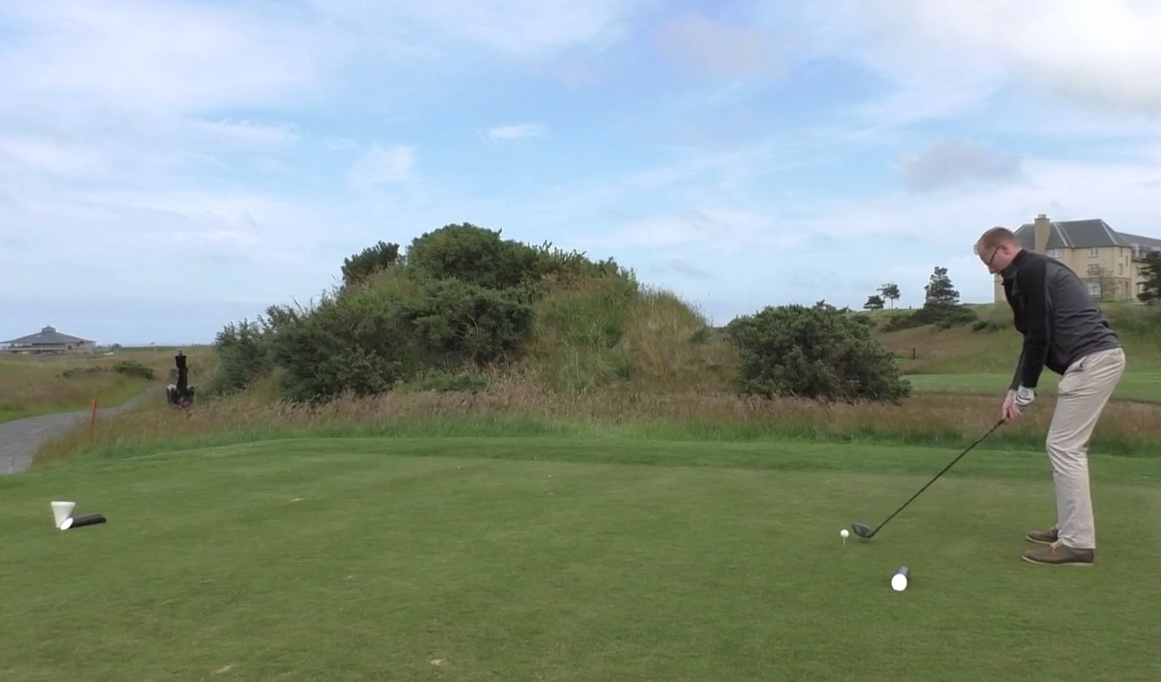
The teeing ground is not simply the area between the two markers, but rather an area two club-lengths in depth, the front and sides of which are defined by the outside limits of the tee-markers.
So if the tee is not in great condition between the markers, don’t be afraid to find a flatter bit further back.
Equally, it is only your ball that has to be inside the teeing ground – you may stand outside it to play your shot, so if being on the extreme side of the teeing ground might make it easier for you to hit the shot you’re looking to hit, don’t be afraid to stand outside.
Stones in bunkers may only be removed if a Local Rule is in force
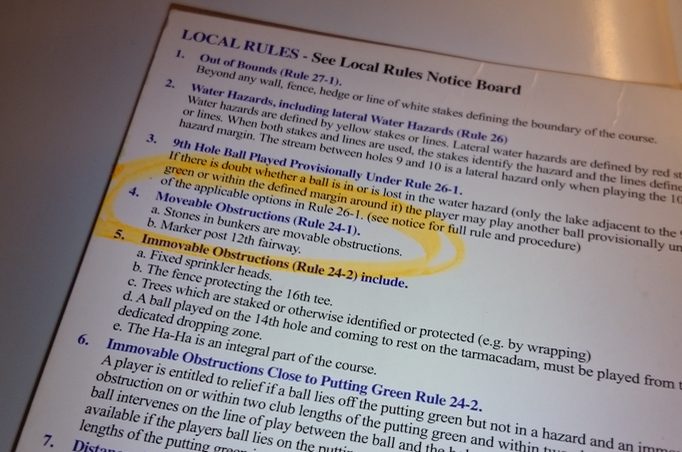
When is a loose impediment not a loose impediment? Under the Rules of Golf, never, but under an appropriate Local Rule, stones are very often reclassified as movable obstructions in bunkers for reasons of safety and to avoid club damage.
You need to know when such a Local Rule is in force to avoid costing yourself shots either through not removing stones when you are allowed to do so, or removing them when you are not allowed to do so.
So always check the scorecard or noticeboard to see if stones in bunkers are reclassified as movable obstructions where you are playing.
Flag tended from off the green
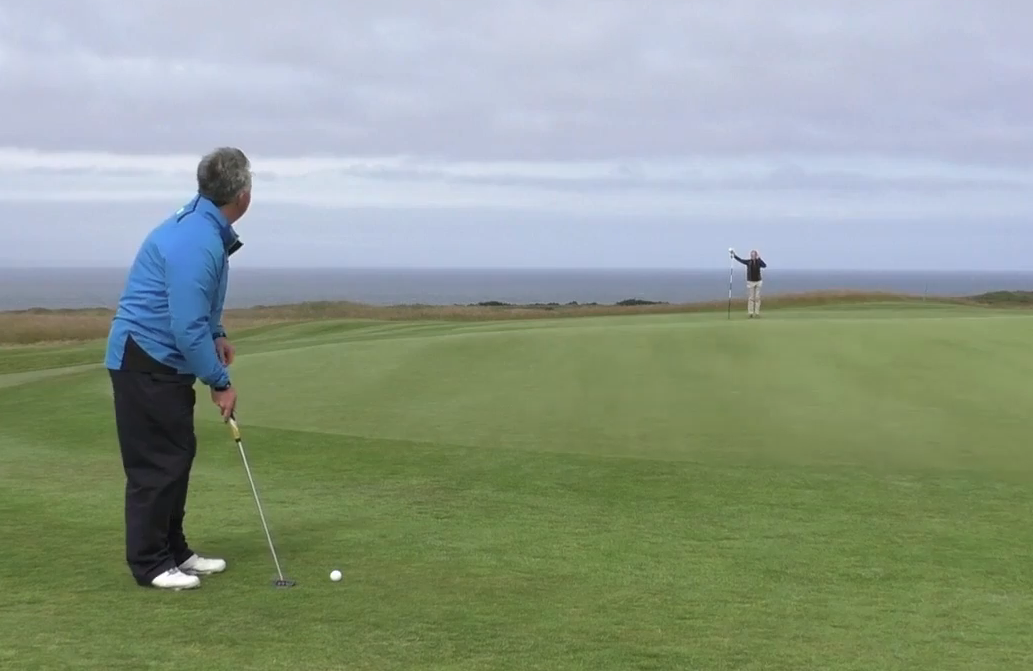
Despite what many will tell you, you can have the flag tended from anywhere on the course – you do not have to be on the putting green.
Obviously, no-one has the flag tended from 200 yards – even though it would be permitted – but on long putts from the fringe, having someone holding the flag may give you better depth perception.
It may also be wise on windy days when the flag is being blown towards you and could well prevent your ball from dropping should you hit a career putt.
However, once tended you need to remember that should your ball then strike the flagstick you will be penalised two strokes in stroke play or loss of hole in matchplay (unless you can prove that your opponent or fellow competitor allowed it to happen deliberately).
Stroke and distance even from on the green

Stroke and distance applies even from on the green. This may sound silly, but people have been known to putt into bunkers (the Road Hole at St Andrews) or water hazards, as Tiger did on the 13th green at Augusta in 2005. And what did Tiger do?
He elected to putt again from the green under stroke and distance rather than drop from the hazard, deeming he was more likely to get down in two from there than dropping from Rae’s Creek.
So if bunker play is not your forte, or your ball has found a footprint or an impossible spot at the back of the bunker that would bring the thin out of bounds into play, don’t be afraid to exercise your right to putt again from the green under penalty of stroke and distance rather than risk a very big number from the sand.
Partner further from the hole can play first

The player farthest from the hole has the honour at all times on the course, but don’t forget that in fourball betterball, the honour is the side’s rather than the individual’s.
So there can be much wisdom in letting the team member nearer the hole go first in circumstances where the result of his or her shot might then help his or her partner.
Examples would include the player farther from the hole deciding whether or not to take on a risky shot based on what his partner does first.
Or perhaps more commonly, on the green where the putts are on a similar line but the player closer to the hole has taken more shots.
Giving the player further away some extra help on the read and line could well help the side achieve a lower score, and it’s all perfectly within the Rules.

Jeremy Ellwood has worked in the golf industry since 1993 and for Golf Monthly since 2002 when he started out as equipment editor. He is now a freelance journalist writing mainly for Golf Monthly. He is an expert on the Rules of Golf having qualified through an R&A course to become a golf referee. He is a senior panelist for Golf Monthly's Top 100 UK & Ireland Course Rankings and has played all of the Top 100 plus 91 of the Next 100, making him well-qualified when it comes to assessing and comparing our premier golf courses. He has now played 1,000 golf courses worldwide in 35 countries, from the humblest of nine-holers in the Scottish Highlands to the very grandest of international golf resorts. He reached the 1,000 mark on his 60th birthday in October 2023 on Vale do Lobo's Ocean course. Put him on a links course anywhere and he will be blissfully content.
Jezz can be contacted via Twitter - @JezzEllwoodGolf
Jeremy is currently playing...
Driver: Ping G425 LST 10.5˚ (draw setting), Mitsubishi Tensei AV Orange 55 S shaft
3 wood: Srixon ZX, EvenFlow Riptide 6.0 S 50g shaft
Hybrid: Ping G425 17˚, Mitsubishi Tensei CK Pro Orange 80 S shaft
Irons 3- to 8-iron: Ping i525, True Temper Dynamic Gold 105 R300 shafts
Irons 9-iron and PW: Honma TWorld TW747Vx, Nippon NS Pro regular shaft
Wedges: Ping Glide 4.0 50˚ and 54˚, 12˚ bounce, True Temper Dynamic Gold 105 R300 shafts
Putter: Kramski HPP 325
Ball: Any premium ball I can find in a charity shop or similar (or out on the course!)
-
 I Think I've Found My New Favorite Club Of 2025 And It Might Surprise You
I Think I've Found My New Favorite Club Of 2025 And It Might Surprise YouPGA Pro and driver expert Joe Ferguson has been testing out the latest of TaylorMade’s ‘retro’ mini-driver offerings, the R7 Quad Mini, and it didn't disappoint…
By Joe Ferguson
-
 Emotional Bryson DeChambeau Recreates 'The Shot Of My Life' At Pinehurst No.2 As Plaque Unveiled Day After Masters Charge Fizzles Out
Emotional Bryson DeChambeau Recreates 'The Shot Of My Life' At Pinehurst No.2 As Plaque Unveiled Day After Masters Charge Fizzles OutThe 2024 US Open champion travelled over to North Carolina a day after watching Rory McIlroy win The Masters to recreate the shot which helped the American down the Northern Irishman at Pinehurst last summer
By Jonny Leighfield
-
 Rules Of Golf: Unplayable Ball In Bunker
Rules Of Golf: Unplayable Ball In BunkerUnplayable ball in bunker? Jeremy Ellwood looks at what you can and can't do if you decide it would be impossible or unwise to play it
By Jeremy Ellwood
-
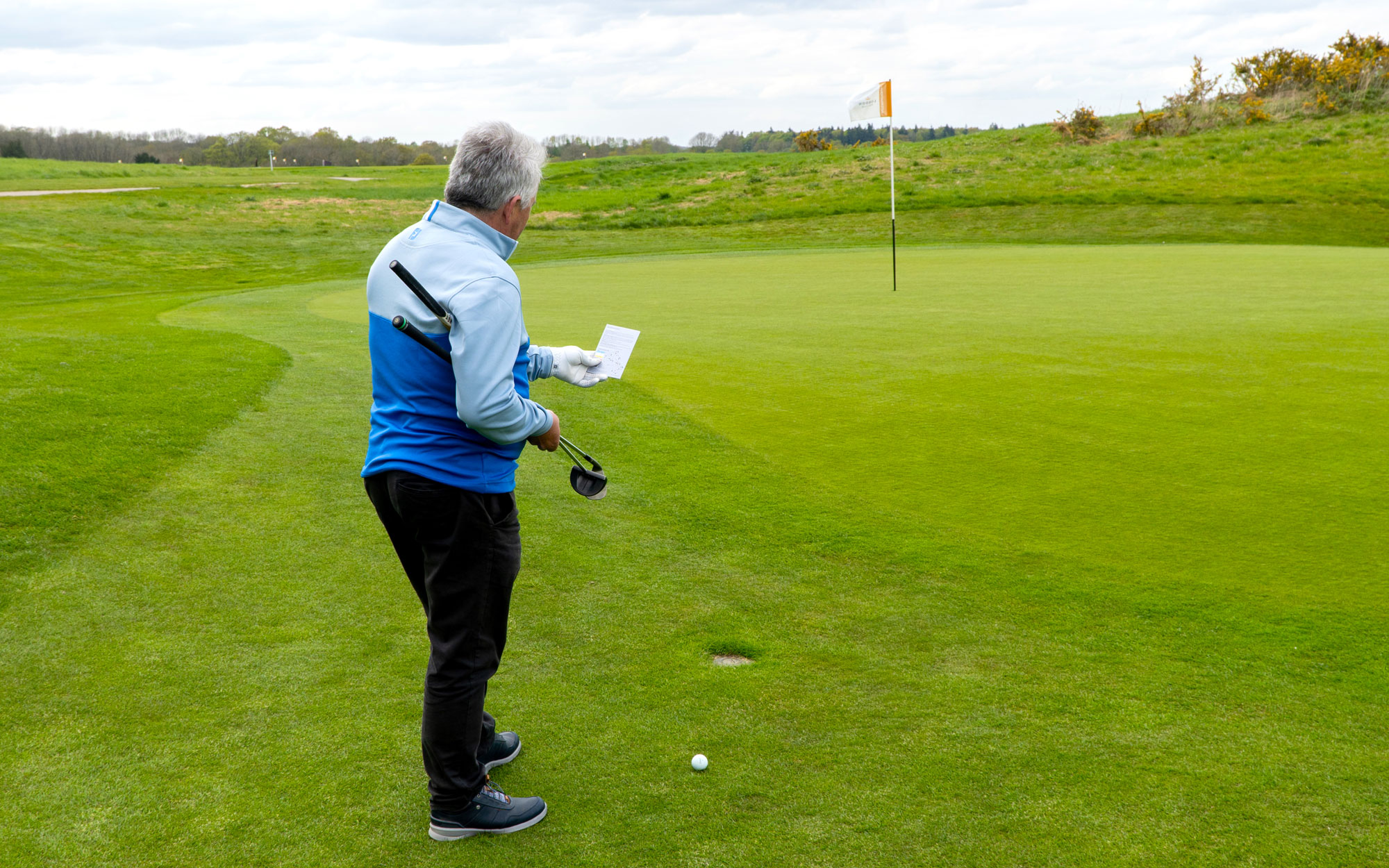 Golf Rules Explained: Local Rules
Golf Rules Explained: Local RulesWe explain what Local Rules are, where to look out for them and discuss one or two examples you might encounter
By Jeremy Ellwood
-
 8 Rules Golfers Break Without Realising
8 Rules Golfers Break Without RealisingWe take a look at 8 rules golfers break without realising
By Jeremy Ellwood
-
 Significant Changes To Golf’s Rules Of Amateur Status Published
Significant Changes To Golf’s Rules Of Amateur Status PublishedThe R&A and USGA have published new Rules of Amateur Status to come into effect 1st January 2022. We spoke to Grant Moir, Director of Rules at The R&A to find out more
By Fergus Bisset
-
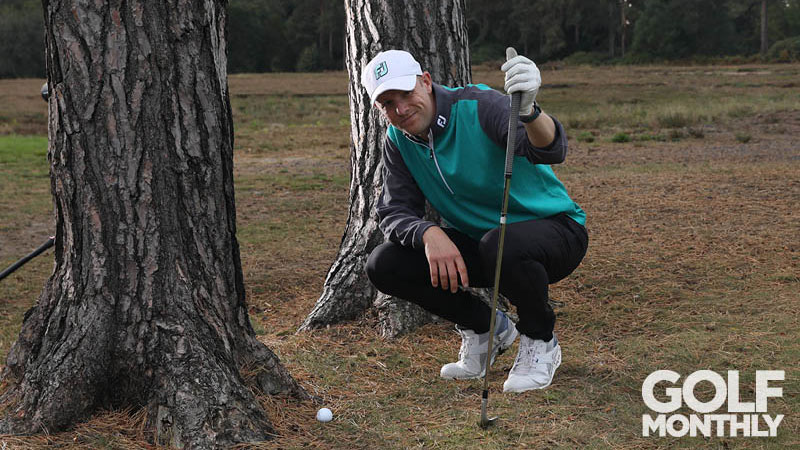 7 Simple Golf Rules Mistakes
7 Simple Golf Rules MistakesIn this video, Neil Tappin and Jezz Ellwood look at 7 rules of golf that are easily broken.
By Sam Tremlett
-
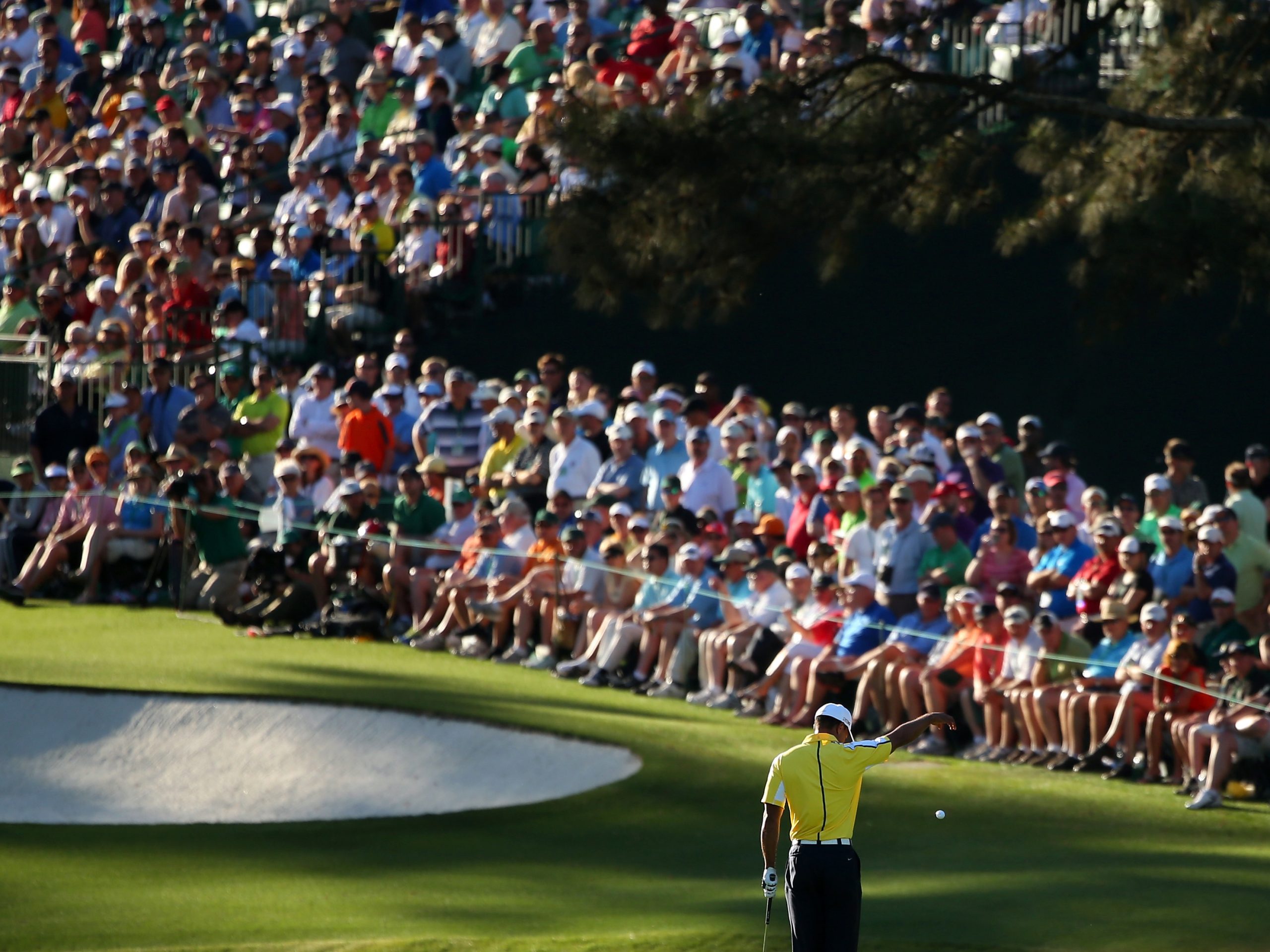 7 Of The Strangest Golf Rules Incidents On Tour
7 Of The Strangest Golf Rules Incidents On TourOur look at some of the strangest golf rules incidents on tour features some of golf's biggest names including Tiger Woods, Phil Mickelson and Sergio Garcia
By Jeremy Ellwood
-
 What Is The General Penalty? - Golf Rules Explained
What Is The General Penalty? - Golf Rules ExplainedGM Rules guru Jezz Ellwood defines the term General Penalty
By Golf Monthly
-
 Get Your Golf Referee Qualification Online
Get Your Golf Referee Qualification OnlineBrush up on your golf rules knowledge and get your qualification online.
By Sam Tremlett